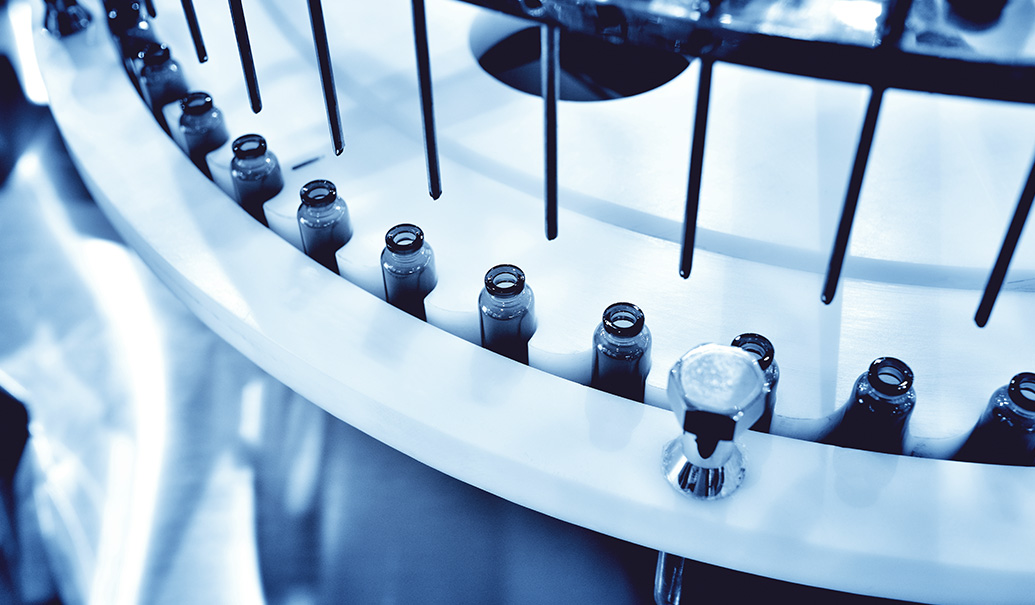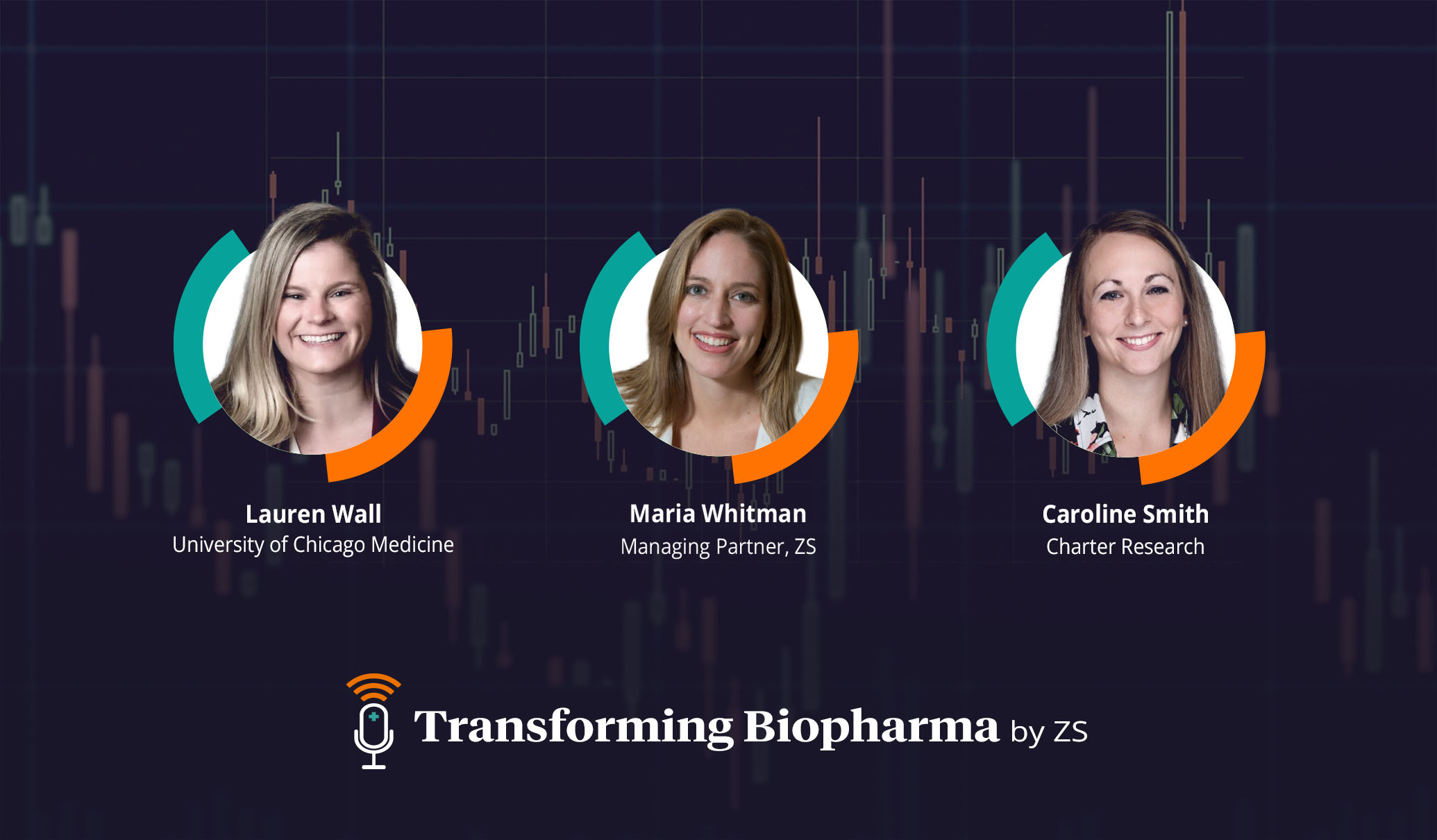March 23, 2020 was a big day for the U.S. insulin market and manufacturers. This day marked the historic completion of the 10-year transition period of certain biologic products, including insulin and human growth hormone, from one regulatory and approval pathway to another. This might sound like nothing more than bureaucratic jargon, but it’s actually very significant, because while insulins have always been biological products, they haven’t always been regulated as such by the FDA. Now that this transition period is over, they will be, increasing competition in a number of different ways. This is all good news for patients, because it’ll drive down prices without, we believe, an impact on innovation.
A little history lesson: There are two main statutes that give the FDA authority to approve drug and biological product medications: the Federal Food, Drug and Cosmetic Act (FD&C Act), which pertains to prescription drugs (both brand-name and generic) and over-the-counter drugs, and the Public Health Service Act (PHS Act), which applies to biological products, such as vaccines and therapeutic protein products.
The Biologics Price Competition and Innovation Act of 2009 (BPCIA) amended the PHS Act to create an abbreviated approval pathway for biological products shown to be biosimilar to, or interchangeable with, an FDA-licensed biological product. Now, there is a special provision in the BPCIA which granted a 10-year transition period to the small subset of biological products, including insulins, which, for historical reasons, had been approved as drugs under the FD&C Act to transition to being regulated like all other biological products under the PHS Act. The transition period ended on March 23, meaning that the approved new drug application (NDA) of a transition biological product is now deemed to be a biologics license application (BLA). These transitioned products can now act as the reference products for the marketing application and approval of future biosimilar and interchangeable products.
But I thought there already were biosimilar insulins, you might be thinking. Not exactly. While it’s true that there are newer follow-on insulin products that have been approved in the U.S. in recent years which reference older insulins, these products were approved through the 505(b)(2) pathway of the FD&C Act and were never considered to be true biosimilars by the FDA. In fact, these follow-on insulins, listed below, have technically undergone the same transition as their reference products:
- Eli Lilly’s Basaglar (insulin glargine follow-on to Sanofi’s Lantus)
- Sanofi’s Admelog (insulin lispro follow-on to Eli Lilly’s Humalog)
- Mylan’s Semglee (insulin glargine follow-on to Sanofi’s Lantus, which is under FDA review but was also filed under the 505(b)(2) pathway)
As this very short list exemplifies, the insulin space has seen only limited competition in the almost 40 years since human insulin was first approved. The main reason for that is because the FD&C Act pathway (by which insulins were approved) posed scientific challenges and limitations on the scope of data that could be relied upon in a generic drug application. Basically, follow-on insulins suffered from this dual existence by which it was difficult to get a biological product approved through a generic drug pathway made for chemical compounds, and, at the same time, once it was approved it was never truly a biosimilar because it wasn’t approved through the normal biosimilar pathway. The FDA hopes that the recent change in the approval pathway for insulin biosimilars and increased regulatory clarity can facilitate greater competition in the space.
OK, so insulins are now going to be regulated like all other biologics. So what? If generally facilitating greater competition among insulin manufacturers wasn’t enough, there are a few other reasons why this transition could be groundbreaking in the world of biosimilars:
Interchangeability: It’s highly likely that a biosimilar insulin will be the first biosimilar approved with an FDA interchangeable designation in the U.S. By definition, an interchangeable product may be substituted for the reference product without the intervention of the healthcare provider who prescribed the reference product. (In the U.S., this final decision on substitutability rests with the states, but 45 states and Puerto Rico currently have laws in place to allow it in various forms.) In its final interchangeability guidance released in May 2019, the FDA set forth the study and data requirements needed for a proposed interchangeable biosimilar to demonstrate the same clinical results as that of the reference product in terms of pharmacokinetic and pharmacodynamic (PK/PD) parameters, safety and immunogenicity. As we wrote last year, the guidance stipulates that sponsors should also conduct an additional clinical trial known as a switching study, which would be timely and costly for biosimilar developers. The FDA, however, seems to have eased its stance for granting interchangeability status to potential insulin biosimilars. According to draft industry guidance released in November 2019, the FDA is willing to waive the comparative clinical immunogenicity study requirement (i.e. the switching study) for insulin biosimilars, if the sponsor is successfully able to demonstrate its proposed interchangeable insulin as highly similar to the reference product.
There are currently no interchangeable biosimilars approved in the U.S., because no manufacturer has decided that the additional clinical development cost is worth the potential benefit. We’ll get into some of that rationale below, but if this draft guidance holds, it would effectively grant interchangeability to any approved biosimilar insulin by default. (It’s worth noting that the already approved follow-on insulins mentioned earlier would need to resubmit their products via the new 351(k) pathway to be granted an interchangeable designation, and it’s uncertain how long this would take and how difficult this would be to receive.)
Pharmacy Benefit Reimbursement: Another reason why interchangeability and biosimilarity of insulins is a big deal is because most insulins flow through the retail pharmacy channel and are reimbursed via pharmacy benefits. The vast majority of biosimilars currently approved in the U.S. are medical benefit products, meaning they are either administered in hospitals or at clinics under the supervision of a healthcare professional. (The major exception to this is Neupogen whose biosimilars in the U.S. – Zarzio, Granix and Nivestym – can be administered via at home injection, and thus, partially flow through the retail pharmacy channel.) With medical benefit products, the prescribing physician is the key treatment decision maker, and there is relatively little influence from pharmacists or payers. Payers and pharmacists would have a lot more influence on any insulin biosimilars that are sold through the retail pharmacy channel.
For a pharmacy benefit biosimilar, having interchangeable status – and the ability to be automatically substituted for the reference product at the pharmacy without needing to consult the prescribing physician – is a much bigger deal. This can undoubtedly help in driving uptake, when payer influence compels manufacturers to compete on price to gain preferred placement on formularies, further commoditizing the market. For a therapy area that is such a big line item for payer spend, and one that has come under fire for its high cost in recent years, this will be a welcome development for patients and providers as well.
Those Trailblazing Insulins: How many biosimilar manufacturers will step forward? Will interchangeability significantly drive uptake? How will the entrenched originators – Lilly, Novo Nordisk, Sanofi – defend against biosimilar entrants? There are many interested parties who will be watching closely to see how the insulin market unfolds, now that the transition period is over, and insulins are regulated as biologics. One of the most interested parties will certainly be AbbVie, which needs to defend its blockbuster pharmacy benefit product Humira (adalimumab) against biosimilar competition coming in 2023. On the flip side, biosimilar manufacturers will also be very interested to learn how interchangeable insulins are perceived in the market to help them decide whether to pursue interchangeability in the U.S.
In so many ways, biosimilar insulins are expected to break new ground for all biosimilars in the coming years. The new biologic regulatory pathway for insulins is expected to accelerate competition, bring interchangeability to the forefront and increase affordability of needed medicines for patients. We’ll have to wait and see if it does.














